A costume in theatre is a wearable piece of clothing specifically designed, fitted and or worn for a particular play, musical or show. A costume is a particular style worn by an actor to portray a character at an event or theatrical production. A costume Designer helps plan, sew and
Costumes immediately tell the audience something about the character, gives an audience a lead into what the production will be about and who the character is regarding the action of the performance.
What is a Costume Designer in a Theatrical Production?
A costume designer is a person who has to accent the physiques of the actors playing characters. They must accentuate the particular era, time of day, season and purpose a character is enduring. They also reveal the overall feel, genre and style of the production itself.
They typically perform this role by researching, collating, designing, sewing, and purchasing materials, accents and fabrics to make a range of costumes that fit the overall design of the production at hand.
They design the set of costumes for particular scenes and occurrences, often with the actor in mind.
Costumes aren’t as straight forward in comparison to wearing everyday clothes. Some costumes need to be fitted and tailored to the person who is portraying a character. A tailored piece of clothing may look fabulous on one person, but terrible on another.
Also, some costumes are made to look a certain way but have secret velcro or fasteners which are easy to take off in a fast change behind the scenes. Here is an example of a quick change that happens in the production of Mary Poppins who is being re-dressed by her dressers.
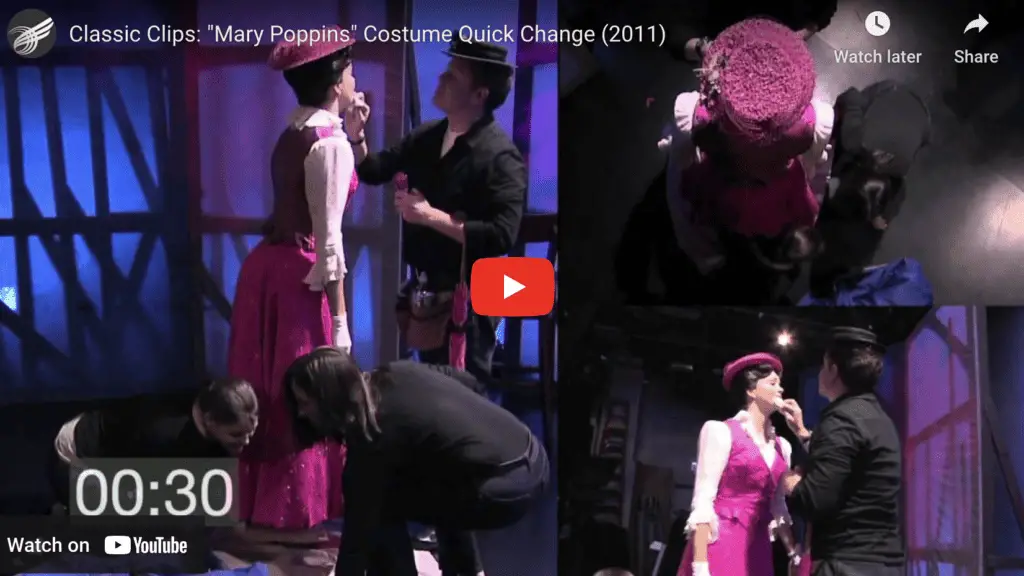
Some productions allow an actor to have personal input into the design of their costume because wearing costumes is quite a personal affair. Actors make decisions as to the wearing in of a costume or the tightness, which would be in keeping of their character.
What a Costume Designer Does
Research is more what of what the job entails than it is about fashion. The costume designer reads the script ot collate the speaking and non-speaking cast members. They then draw or sketch the basic idea of what each character’s look would be. Once they are approved by the director they can draw a final sketch as their guide. They detail the use of fabric, texture and distinguishing elements such as accessories, jewelry, shoes, hats or masks, in color.
The Costume Designer needs to understand how to sew and use patterns correctly for the overall construction of each costume. They must communicate their ideas with a dressmaker and stay within a set budget.
Once the costumes are made, depending on the scale of the production they are then responsible for the costumes, care and coordination. In larger-scale productions, a set wardrobe assistant would then have the responsibility for the costumes.
On smaller productions fashion designers, mend, source, sew, work with actors and prepare costumes.
If you’re interested in learning more about Cosplay check out my other post here.
If you’re interested in how to create and learning about making props check out my site here. How to make a props list (free download)
Qualifications to Become a Designer
Typically most costume designers have a bachelor’s degree in fashion design. The degrees usually have textiles, color, fabric, sewing and making in their designs. There are several design schools all over the world that have fashion design degrees. Your degree, hustle and experience count in a difficult to get the job.
Typical US salary for a Fashion designer is approximately $75,000, but this is dependent on the production hiring, the contract lengths and budgets offered.
What is a Plot?
A costume chart is a table that has information about the actor, character and costume changes in what part of the play or production. It is a quick way to note which character needs to change into what costume at what stage of the production. There is also less room for disorganization and missed cues.
Example of a costume plot, with names of characters, actors, Acts, scenes and their costumes.
| Costume | Name | Act 1 Scene 1 | Act 2 . Scene 1 |
| Character/Actor | Susanna/Lisa Stanford | Day walking clothes | Red Ball gown |
| Character/Actor | David/Terrance Crow | Suit Day | Tuxedo |
| Character/Actor | Helen/Frances Baker | Day clothes coat, gloves | Green Ball gown |
Who Was the First Costume Designer?
Aeschylus Ancient Greek playwright
The ancient Greek playwright Aeschylus 5th Century BC, designed specific costumes for his actors to portray in an Amphitheater. Tragedies were typically performed in lavish festivals and so costumes also reflected the overall design of the play. Costumes tended to have long fitted sleeves that reached down to the knee or the ankle. They were also elaborately patterned.
Costumes reflected the Greek man and the Barbarian, the non-Greek. Greeks in the early 5th BC did not wear heavily embroidered costumes, the non-Greeks did. However, later on in the Century Greek males tended to wear more embroidered clothing or costumes.
Greek actors typically wore more fitting clothes than the stereotypical bed sheet over the shoulder type of costume. They also wore masks that portrayed the overall range of an emotion a particular character had to show.
these were impermanent objects, made of linen, wood or leather, and often included an animal or human hair. This was probably the major job of the skeuopoios.
Professional Movie and Television Costume Designer
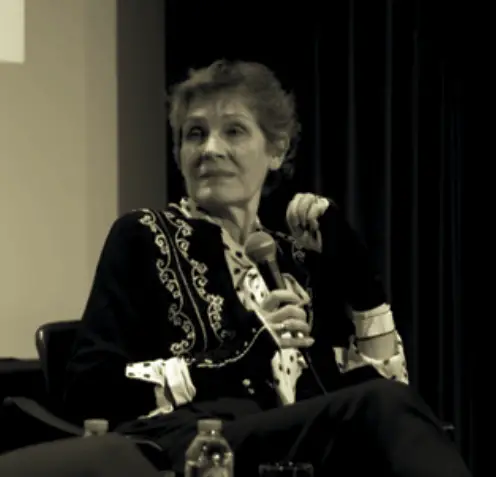
Madeline Fontaine is a professional and award winning costume designer from France. She won an Oscar for her costume design for the movie ‘Jackie’ depicting Jackie Kennedy when Robert F Kennedy was shot to death in the famous Parade in Washington.
She had her dressmakers made five different versions of the pink outfit Jackie Kennedy wore during the famous scene with her crawling over the back-end of their limousine. Each of the five designs were made by the team to fulfil a particular purpose. One suit was for filming the before scene, another was for filming the blood scene and others were to view the colors using the lights for the film. This was to check that the colors were closely to the original and would be worked with.
The clothes and the costumes were very much talking about the character themselves, rather than them just being clothes.
Madeline worked closely with Chanel keeping the authenticity for the look. The buttons used in the film came from the company itself, but they only approved after seeing proofs of the costumes.
Also Madeline Fontaine worked closely with Jackie Onassis herself for costume input in regard to materials and textiles utilized.
What Does Madeline Think You Need to Do to Break Into the Business
MAdeline says it’s very competitive, but there is not one way to get into the business. You need to be creative and go out to find resources and inspiration from Museums, galleries etc. You also need to find inspiration anywhere you find art and creation. You need to work with others which have the experience and work closely with the people you are depicting to get ideas such as to the characters you are clothing.
How Are Designers Hired?
Often Costume Designers are hired on a per hour and contract deal by a theater company. Sometimes they have a set budget to work within which can include their fee.
Designers are often working on a number of shows or contracts at the same time, so they have to be organised and work to deadlines.
Designers work with other designers such as the lighting, artistic director, director, producers and of course actors/performers. They all need to be on the same page to bring about the artistic requirements.
More often than not, the costume designers hire out and delegate particular jobs to other creatives depending on the needs of the production. Also depending on the size of budget, they may or may not be part of the sewing or ‘making’ process but more a supervisor and facilitator role.
Each day and job are different, but it can lead to a very rewarding career in show business.
Rob Howell Theater Costume and Set Designer
Robert Howell is a well known theater costume and set designer in the United Kingdom. He has won many industry related awards including a Tony for best costume design for The Ferryman and also he won an Olivier for best set design for the Musical Matilda. His career spans over 20 years designing and working both on West End and on Broadway with contemporary and period piece productions.
“... If I want to put Trunchbull in the costume that he’s in, I need to know that I can get that exaggerated shape and fabric. But I’m not making the costume – I’m drawing it. I’m not making the desk come out of the floor, I’m saying I’d like that to happen. And then other brilliant people come along and make it happen.”
Clearly Howell understands his process of making costumes, but delegates his ideas to other brilliant people who make his ideas come to fruition. He also believes that anyone creative enough can do his job. But he has his own reservations as to being a fashion designer.
Howell also states that he doesn’t see this work as a job, but it is a creative release, something to be played and have fun with.
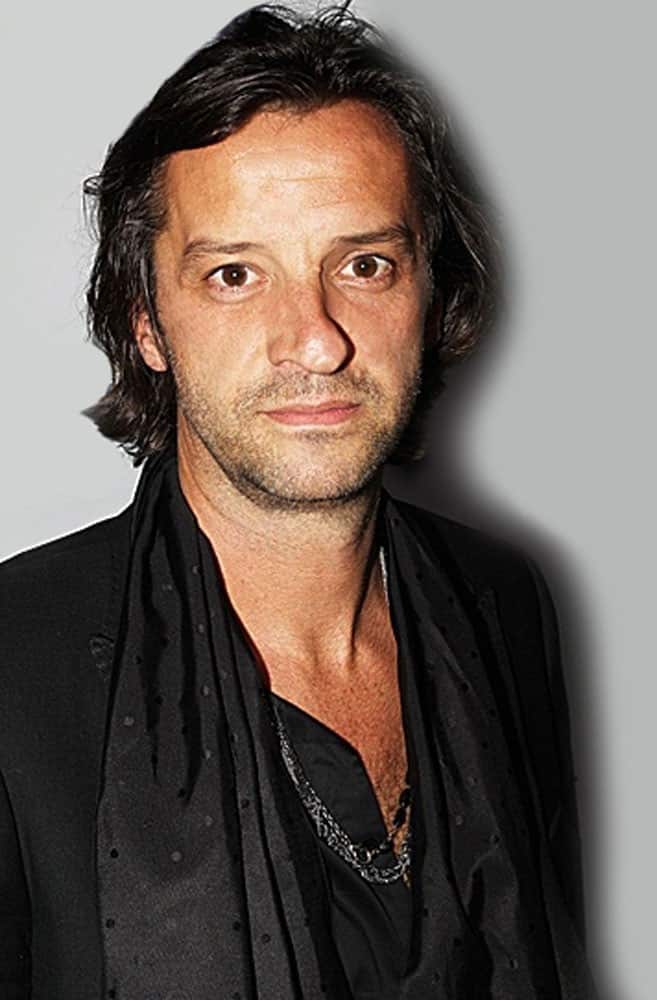
How to design your own theatre costumes for a Community show
You and need to read a script on the production you are designing for. You need to plot each scene and write the characters which are involved. In a table write the scene in the first column and the second column write as a title the character in in the third column right costume.
Now that you have an idea of the characters and the costumes needed for the production, the next process is to measure the cast members measurements and plot them in the character/actor chart and then plot them in the table..
Usually in a small amateur or community theatre production the costume designers are also the costume, makers and sewers and they also source the materials needed.
With larger or professional productions the costume design the costumes and delegate particular jobs to the creatives they have hired, often as subcontractors.
Here is an example of a costume made by costume designer and made by professional people who are trained in sewing.
Usually the materials sourced have finer detail and are richer compared with the generic and simple costumes. Often these costumes are made out of cheaper synthetic materials, which are less robust.
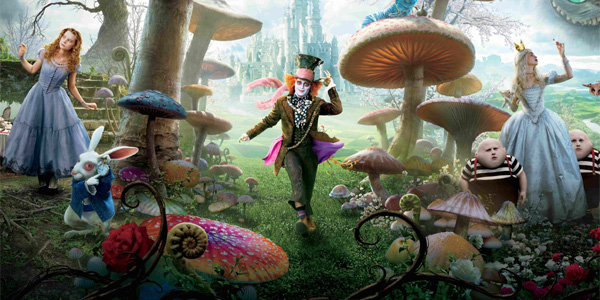
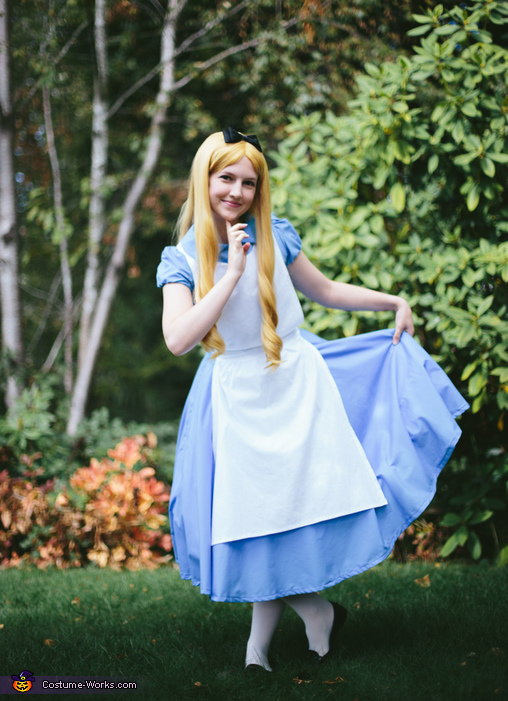
Here is an example of a costume of the same character where you can source through Amazon. These are usually lower quality but also easily obtainable costumes.
The budget at hand often dictates the costume quality for the show, but many community theater productions of children’s theater suit the cast and characters well.